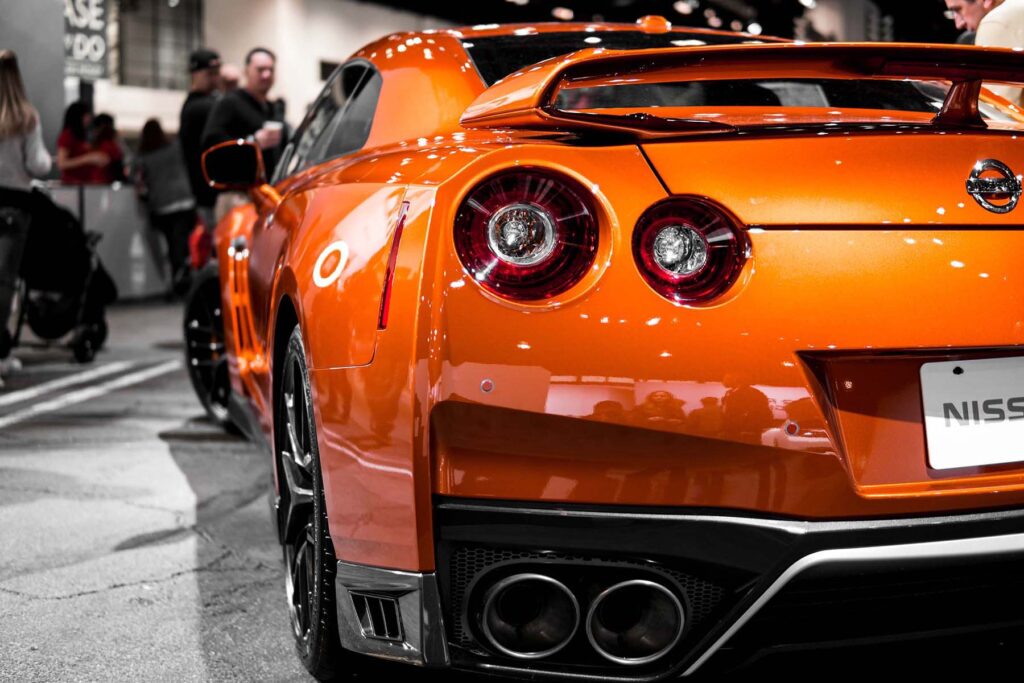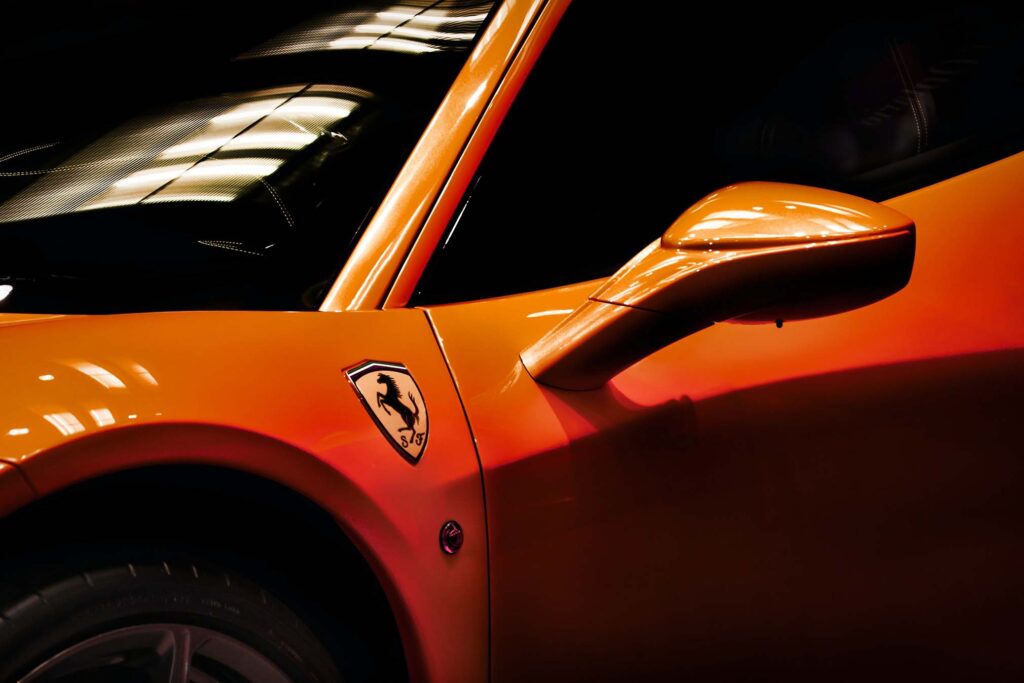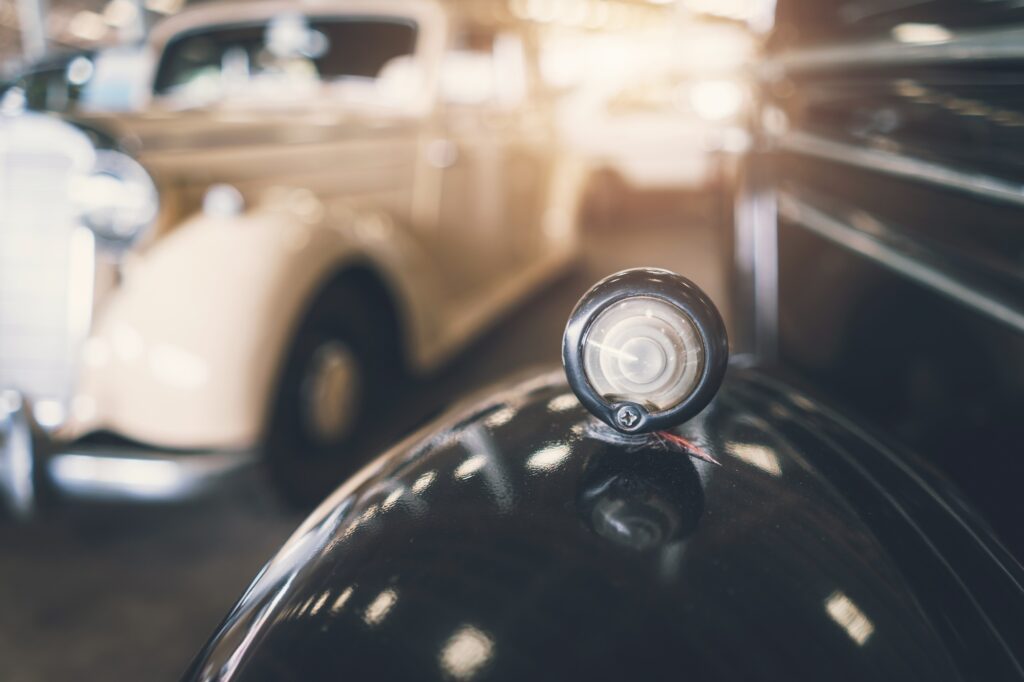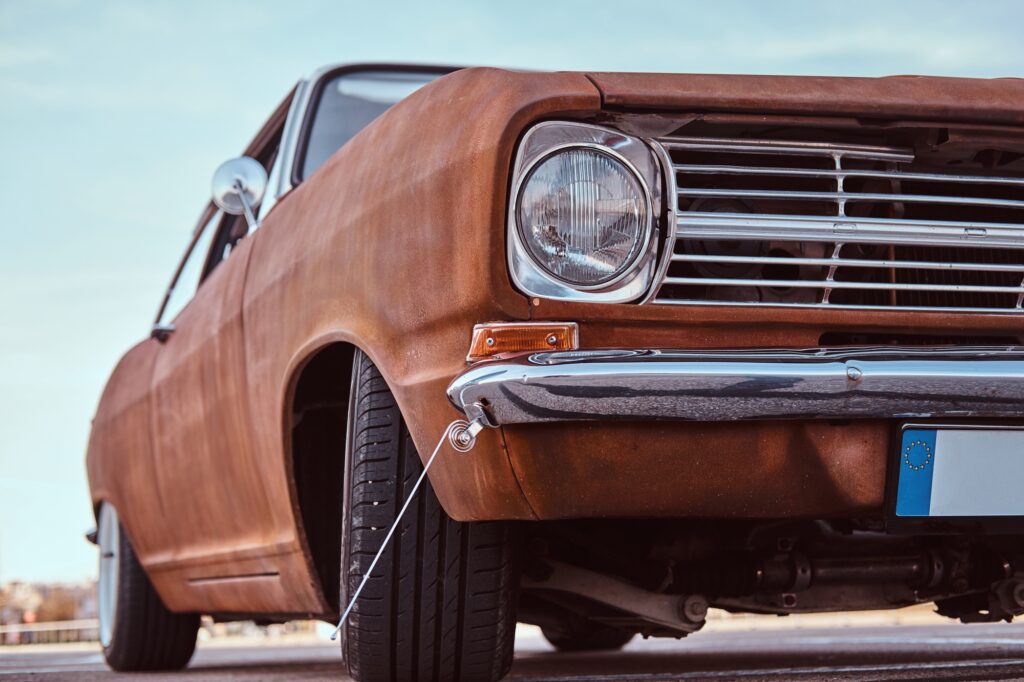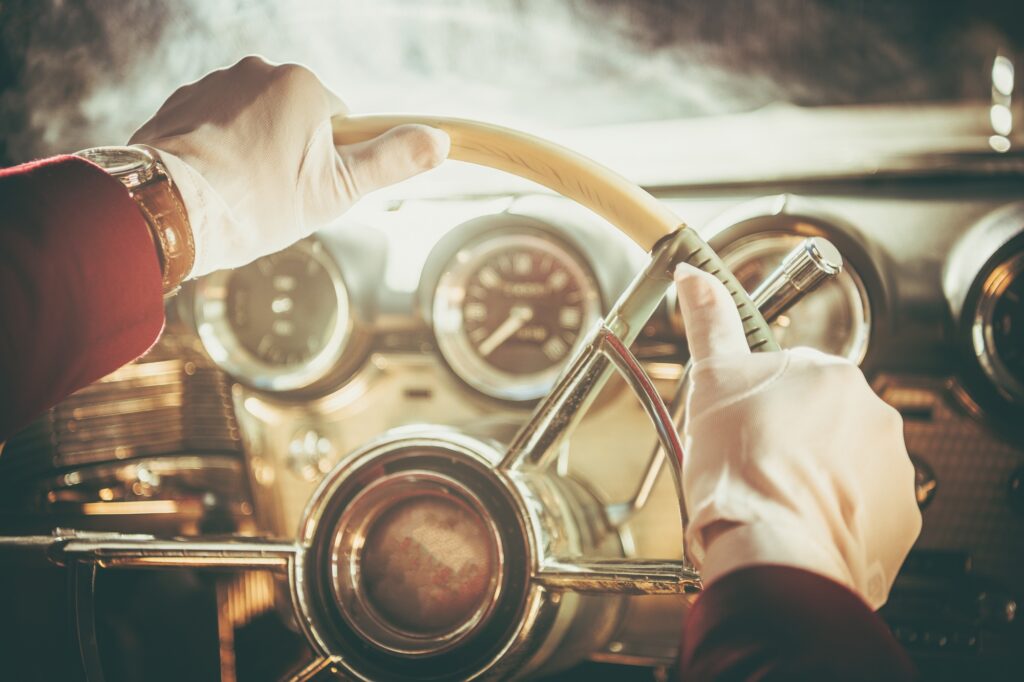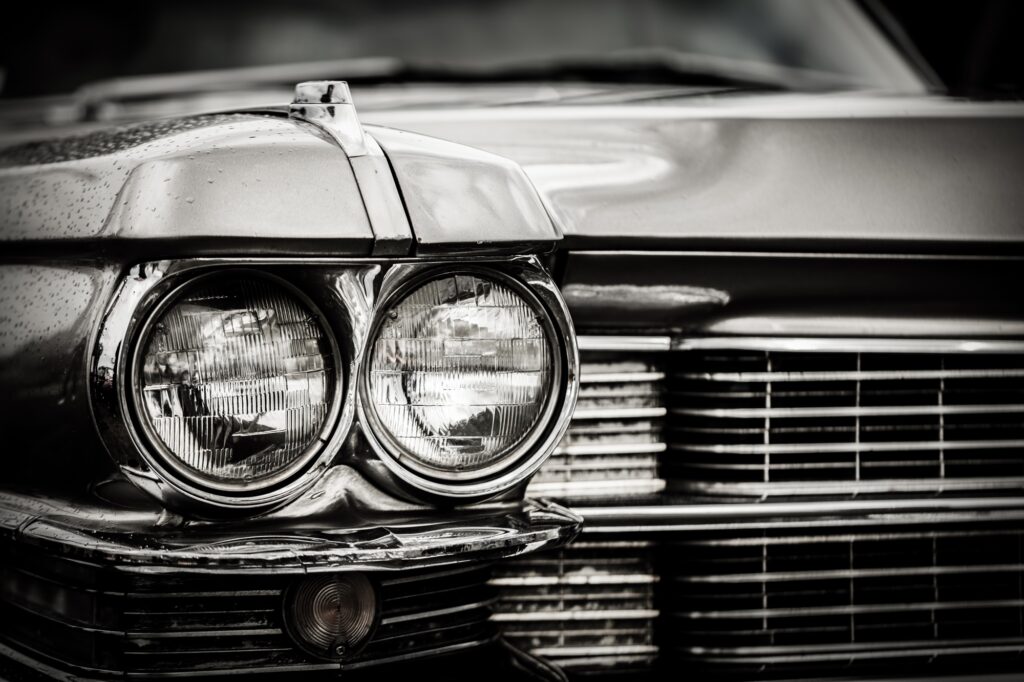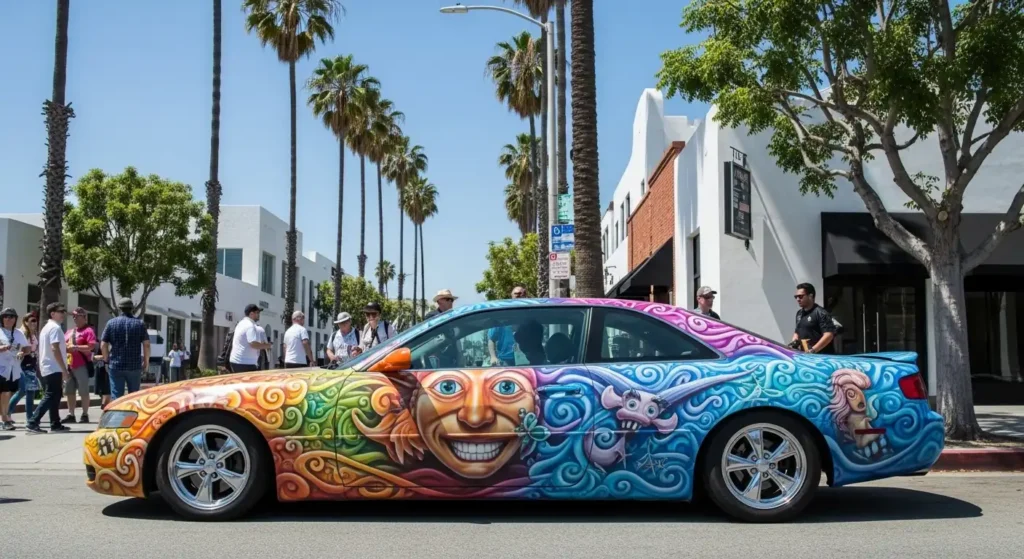Introduction: Cars as Canvases
In 2025, cars are no longer just a way to get from point A to point B. Around the world,
art cars are gaining popularity as rolling canvases for self-expression. From hand-painted murals to full vinyl wraps,
these vehicles showcase the creativity and identity of their owners. While custom paint jobs have always been part of car culture,
the rise of digital tools, social media, and community events has made art cars more visible and influential than ever.
The trend highlights a shift in car culture itself. Vehicles are now viewed as extensions of personality and lifestyle.
They represent freedom, individuality, and even cultural heritage. For those interested in more inspiration,
see our guide on modern automotive art and wrap design trends,
where we explore how contemporary materials are transforming vehicle aesthetics.
Why Art Cars Are Growing in Popularity
Several cultural and technological factors are fueling the rise of art cars in 2025. Social media plays a huge role,
giving owners the chance to share their designs with a global audience. Festivals and car meets also promote creativity,
encouraging participants to stand out with unique designs.
Practical reasons add to the appeal as well. Vinyl wraps are now more affordable, durable, and eco-friendly.
They allow for bold designs without permanent changes, and they protect the car’s original paint.
Meanwhile, digital design tools make it easy to test concepts virtually before committing to them in real life.
This accessibility empowers more people to try custom artwork without fear of mistakes.
Popular Styles in 2025
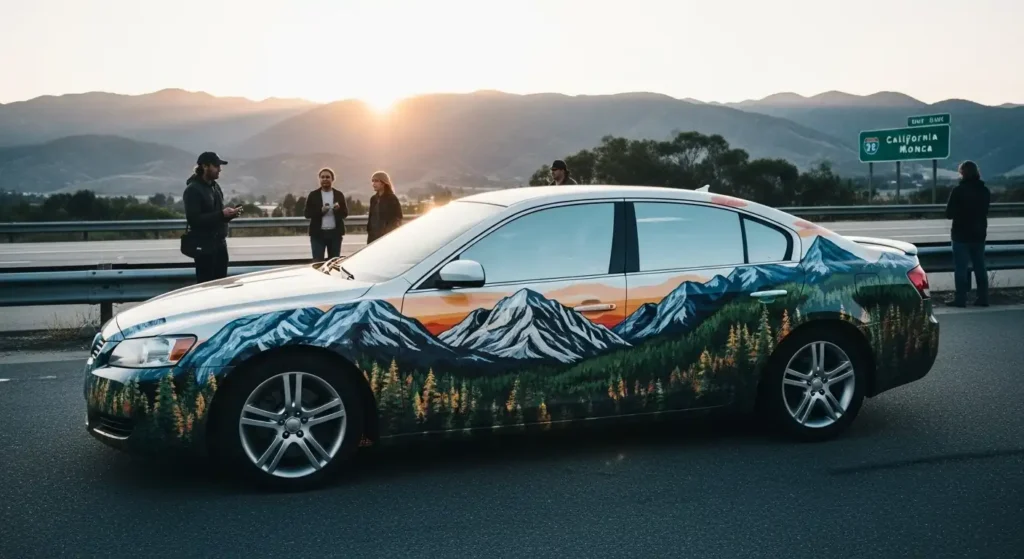
Art cars in 2025 cover a wide spectrum of styles. Some designs focus on nostalgia, others lean into futuristic themes,
and many reflect personal stories or cultural identity. Popular approaches include:
- Nature and Landscapes: Cars wrapped in mountain ranges, forests, or ocean waves create a moving connection to the environment.
- Minimalist Geometry: Clean lines and bold colors turn vehicles into modern works of art that align with minimalist home and fashion trends.
- Retro Revival: Classic muscle cars painted with psychedelic patterns or neon gradients evoke the rebellious energy of past decades.
- Pop Culture Icons: Characters from movies, anime, and gaming appear frequently on wraps, appealing to younger enthusiasts.
- Cultural Heritage: Many artists use their cars to celebrate traditions, weaving in patterns, symbols, and motifs from their communities.
What sets these designs apart is their personal nature. Each art car is a reflection of its creator,
a message to the world about what inspires them and how they want to be seen.
How to Create an Art Car
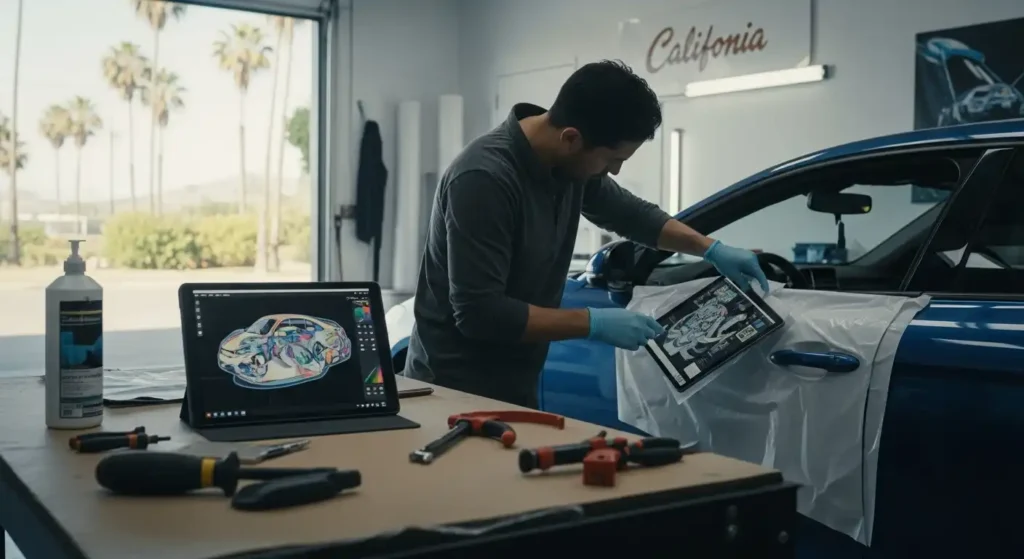
For anyone interested in creating an art car, the process starts with a concept. Think about the message or theme you want to express.
Do you want your car to reflect your cultural roots, your artistic style, or a favorite hobby? Once you choose a direction, you can begin the design process.
Today, many artists use digital tools to mock up designs before applying them. Programs like Photoshop or 3D visualization software let you test colors and patterns on your vehicle’s model.
AI-assisted platforms are also growing in use, helping creators experiment with wild ideas that might not come naturally at first.
For more about how AI is changing design, see our article on AI-assisted automotive concept art.
When it comes to application, you have two main choices: paint or wrap. Paint offers permanence and tradition but requires more investment and preparation.
Wraps provide flexibility and can be removed or updated more easily. Professional installers ensure smooth finishes, while DIY options exist for smaller projects.
Either approach allows your vehicle to become a canvas for self-expression.
Art Cars in Car Culture and Community
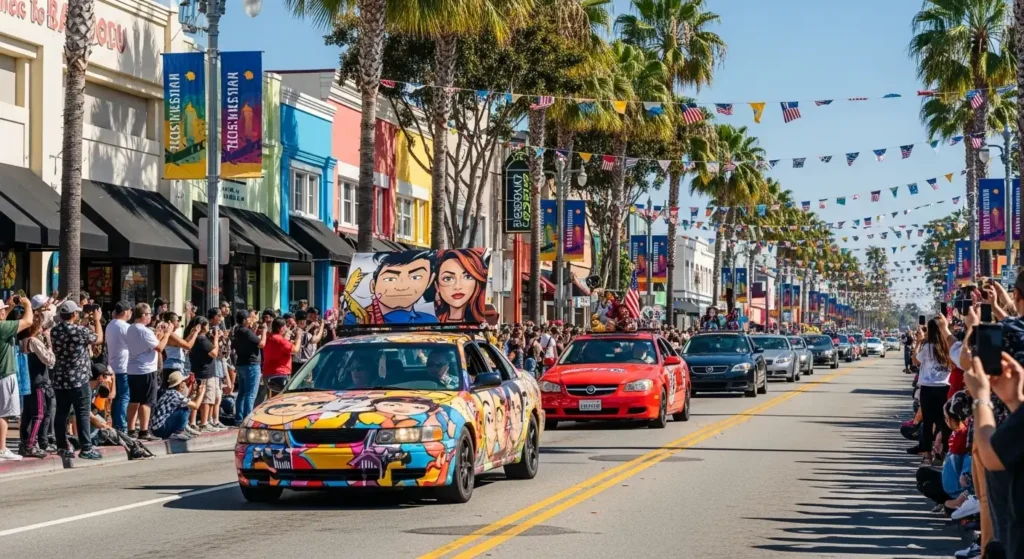
The rise of art cars is deeply tied to community. Local car meets, parades, and festivals celebrate creativity and showcase the diversity of designs.
Events like Burning Man in the U.S. and smaller regional gatherings across Europe and Asia have become hubs for art cars,
where creativity on wheels steals the spotlight.
Beyond events, online communities are thriving. Hashtags like #ArtCar and #RollingCanvas connect artists across platforms such as Instagram, TikTok, and YouTube.
These spaces not only showcase artwork but also provide tutorials, design tips, and encouragement for new creators.
Collectors are also starting to invest in art cars. Limited-edition designs, collaborations with famous artists, and one-of-a-kind builds are being purchased as both art pieces and cultural investments.
This reflects a growing recognition of automotive design as part of the larger art world.
Challenges and Considerations
While art cars are exciting, they also bring challenges. Legal restrictions on certain designs, safety concerns with visibility, and the cost of high-quality wraps or paint can be barriers.
Additionally, artists must consider the longevity of materials — weather, sun exposure, and wear can fade or damage designs over time.
Creators must also balance creativity with functionality. A design should not compromise road safety or break local regulations.
Using reflective materials or obstructing windows, for example, can cause issues. For these reasons, many recommend working with professional installers to avoid costly mistakes.
The Future of Art Cars
Looking ahead, art cars are likely to become even more common. As electric vehicles grow in popularity, their sleek designs provide perfect canvases for bold artwork.
At the same time, sustainable materials are shaping how wraps and paints are made, allowing for eco-friendly customization.
We may also see greater use of augmented reality, where digital designs appear on cars through smartphone apps or AR glasses.
Brands are taking notice as well. Automakers and aftermarket companies are collaborating with artists to release special-edition vehicles.
These partnerships bring art cars into the mainstream and make them accessible to wider audiences.
For enthusiasts, this means more opportunities to showcase personal expression through their rides.
Conclusion
The art car movement in 2025 proves that cars are more than machines — they are platforms for identity, creativity, and culture.
Whether painted by hand, wrapped in vinyl, or designed digitally, each art car tells a story.
It connects the owner to their community, sparks conversation, and transforms the everyday commute into a display of artistry.
As this trend continues to grow, more people will find ways to turn their vehicles into rolling canvases.
The result is a richer, more expressive car culture that values individuality just as much as performance.
If you’re inspired, perhaps it’s time to imagine your own art car — one that tells your story to the world every time you hit the road.

